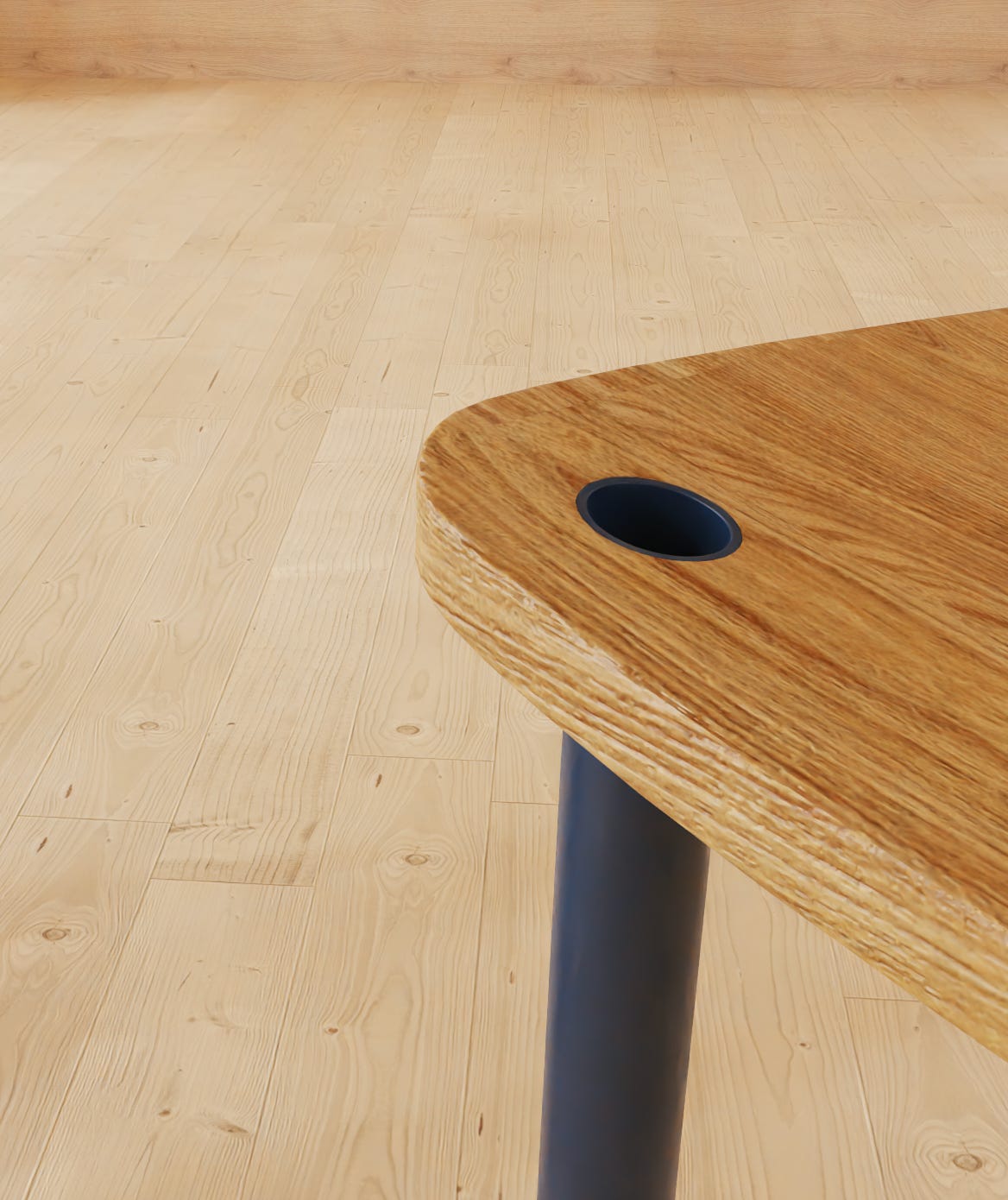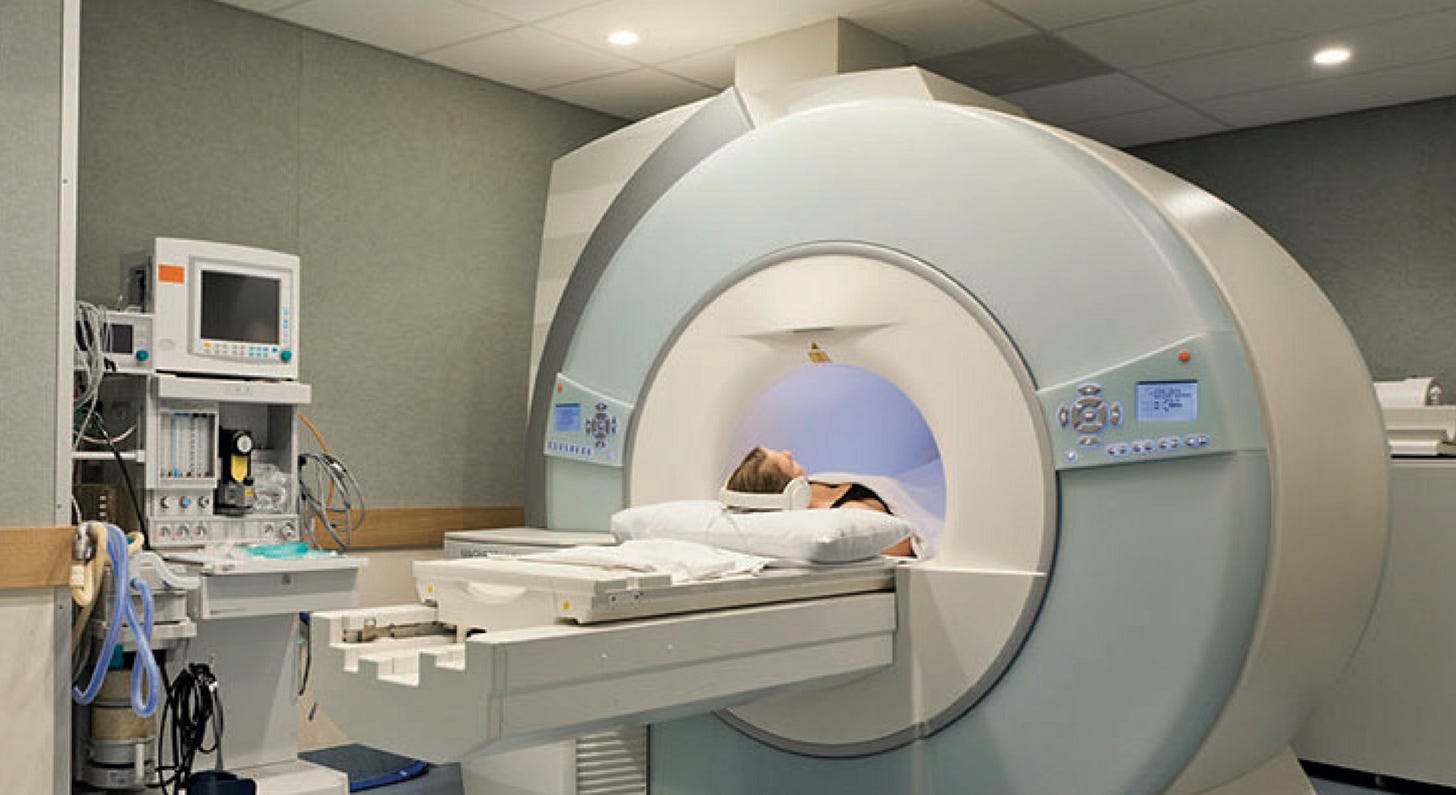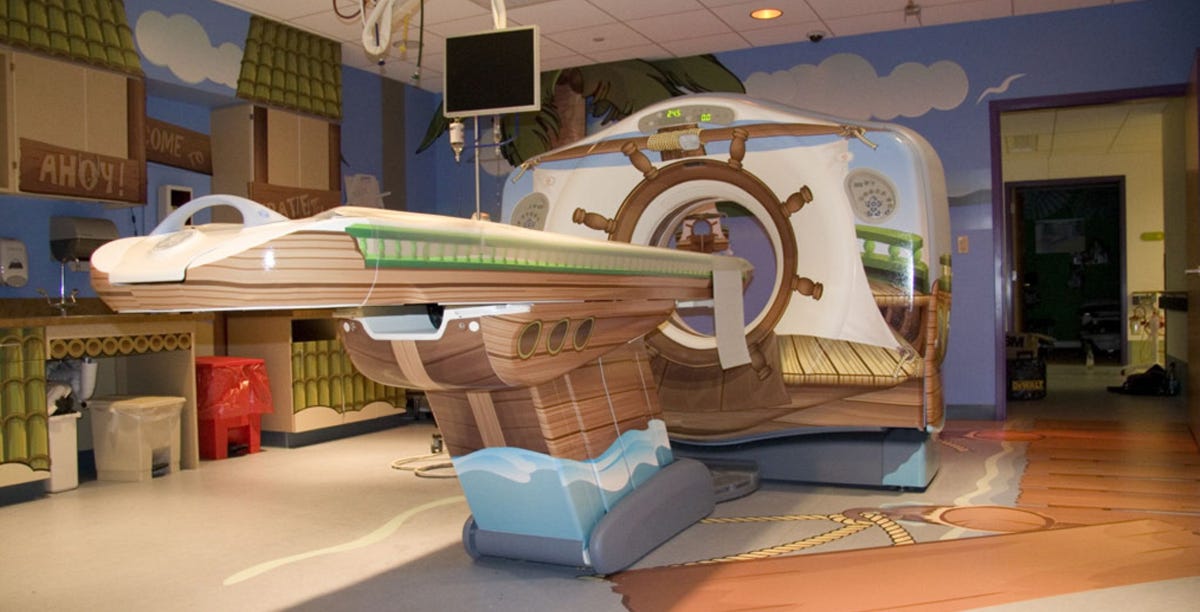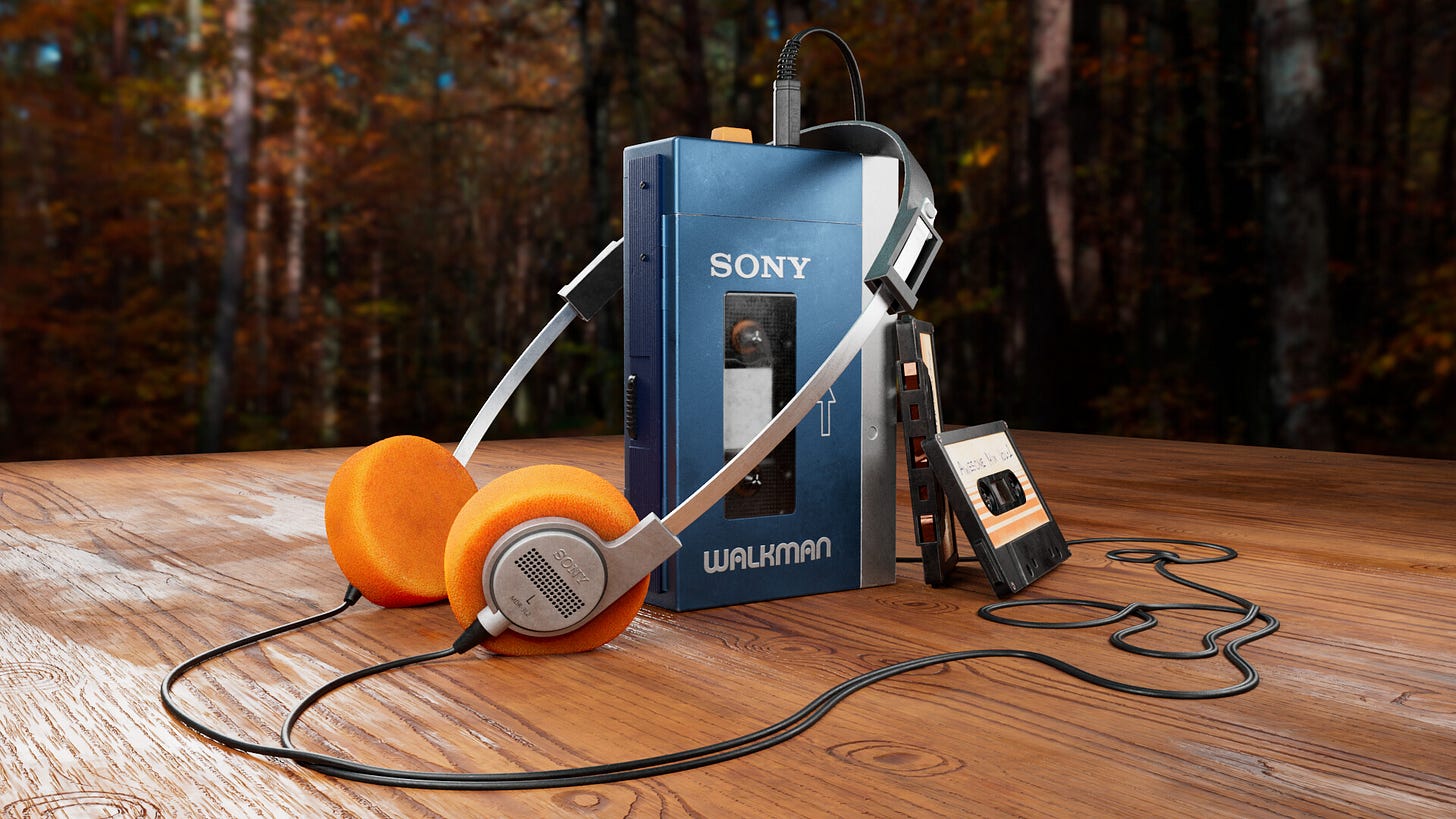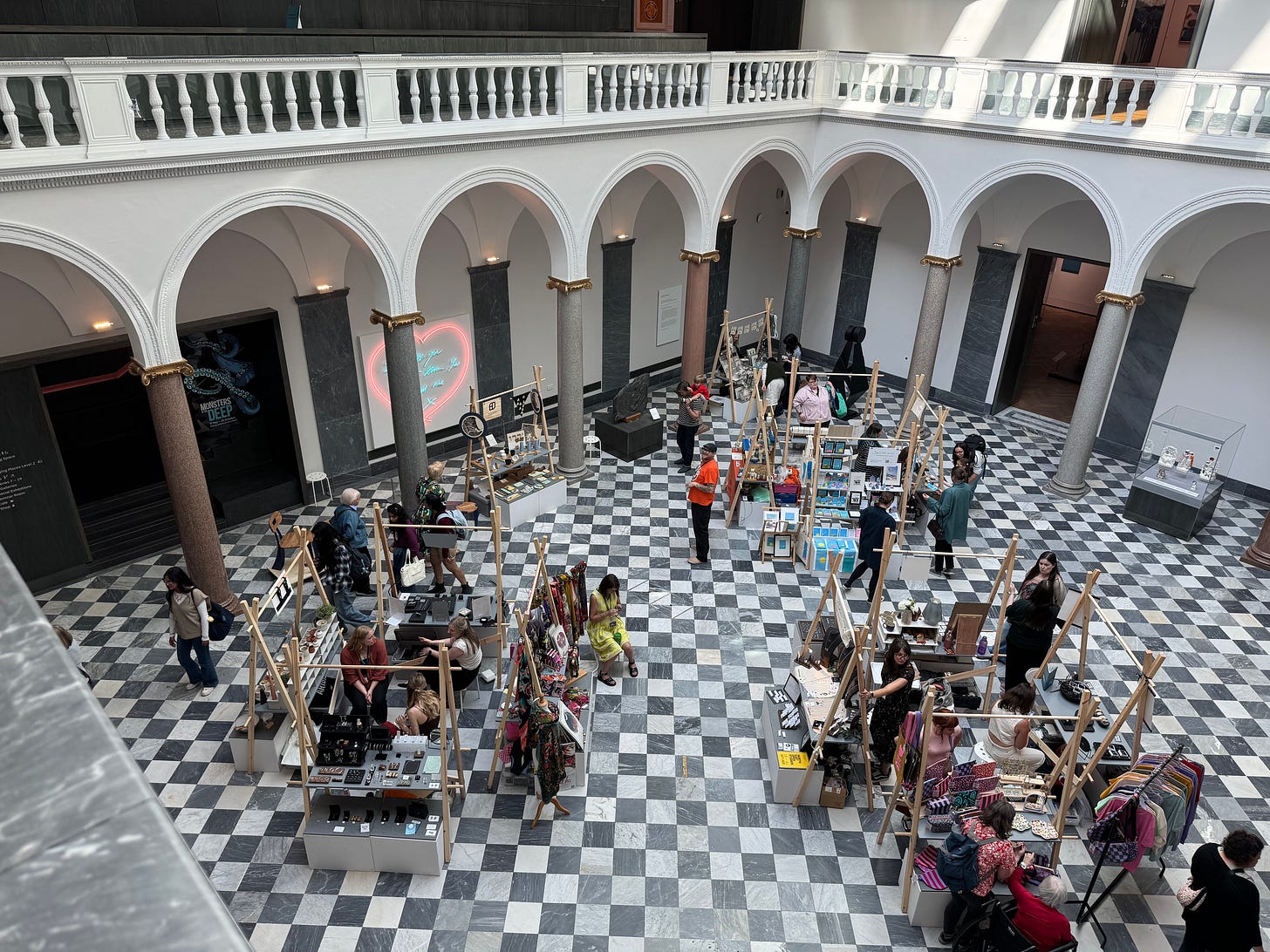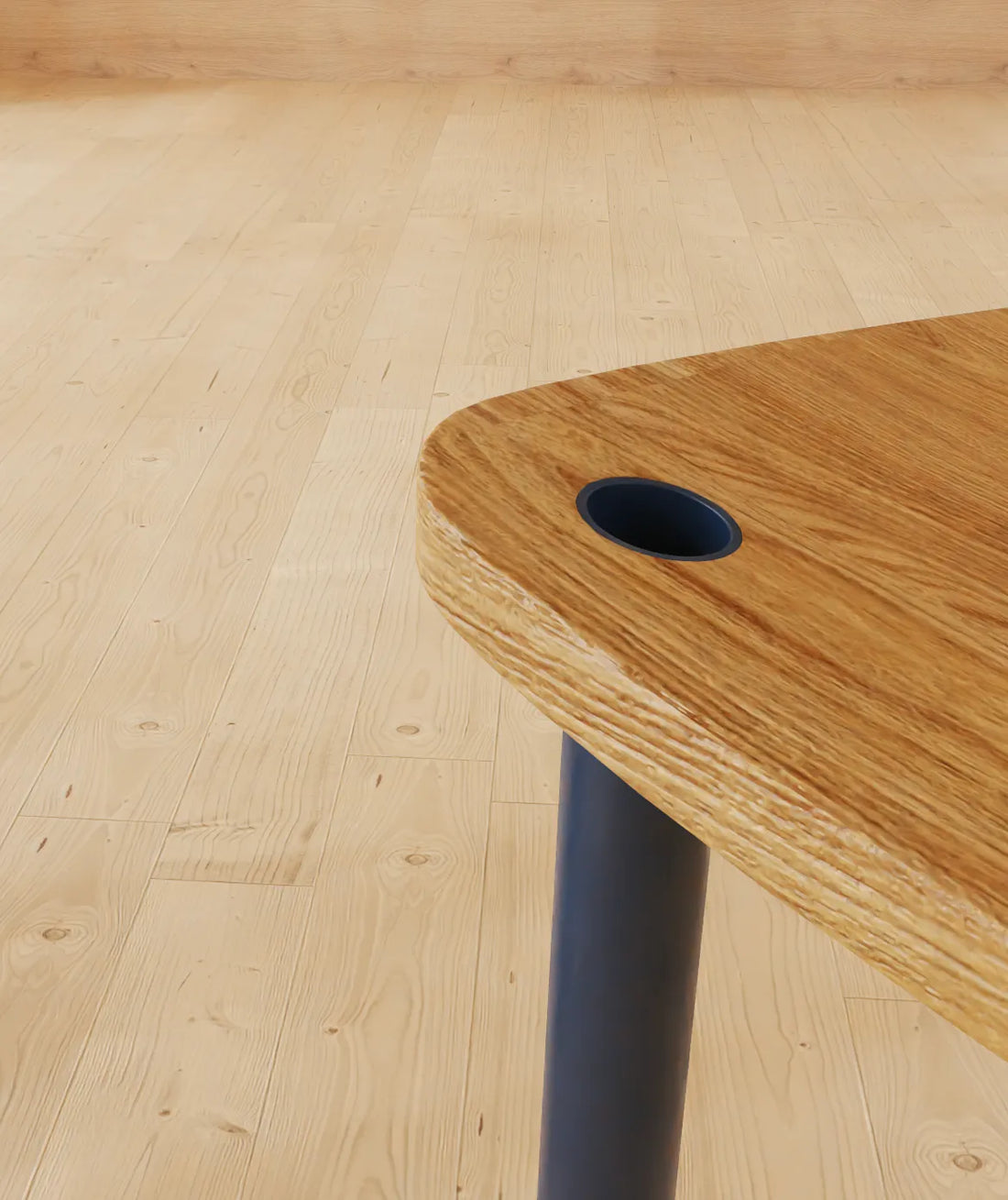
Update 027. The Power of Observation
Share
“The painter who draws by practice and by eye, without any reason, is like a mirror which copies everything placed in front of it without being conscious of their existence.” Leonardo Da Vinci
Good design starts with understanding your product’s purpose - but real understanding comes from knowing your users.
Every year, at Gray’s School of Art up in Aberdeen (Scotland), we kickstart our new intake of foundation year students education with a week of life drawing. Clearly, drawing is a foundational skill as a designer but as a designer that themselves didn’t receive this foundational basis in drawing, the real value in this exercise (for me) is the power of observation. We constantly encourage students to spend more time observing than drawing.
Our retina’s take in an overwhelming amount of visual information every second - far more than our brains can process. In fact, research suggests we consciously process less than 1% of what hits our retina (Koch, 2004). We fill in the rest subconsciously. Learning to draw is really about learning to see again.
Design isn’t just about what we create, it’s about what we observe. Observation fuels empathy, uncovers unmet needs and in my view is the secret sauce to good design.
This month, we’re looking at observation-based research tools. Let’s explore what happens when observation is leveraged… and when it’s ignored.
Observation Leveraged
How does this image make you feel?
Now imagine you are 5 years old.
Children often panicked when needing an MRI scan, resulting in hospitals often having to sedate children to complete a scan - increasing risk, slowing down throughput and diving up costs.
Designer Doug Dietz (GE Healthcare) shadowed families and medical staff in hospitals. Instead of just looking at the machine as an engineering problem, he observed the experience of children and parents. He noticed the fear in the waiting rooms, the stress on parents’ faces, and how the environment amplified children’s anxiety.
The solution?
Through observation, he realised the problem wasn’t just the machine itself but the experience around it. The solution was to redesign the MRI environment into an “Adventure Series” themed rooms that turned the procedure into a story (a pirate ship, a space journey…). Teams were trained to guide children through the “adventure,” making it playful rather than frightening.
The Results?
-
Sedation rates for children dropped from 80% to under 10% (saving thousands)
-
Children often left saying they wanted to “come back tomorrow”
Observation Ignored
Too often we fall back on simply asking people what they want. What could go wrong?
Released in 1979, the Sony Walkman is one of the most iconic products Sony have ever produced. With strong sales amongst young men, Sony wanted to appeal to a wider audience. They wanted to appeal to women and thought an easy way to do this would be through colour. So what did they do? They asked women directly in a focus group and the majority said pink. So Sony launched a pink walkman.
Sales were terrible.
Asking isn’t enough. What people say doesn’t always align with what people do. We all carry around a huge range of biases, shaped by our lived experiences, that influence our every decision. Framing questions, interpreting answers, and even the answers themselves introduce bias. The real way to understand needs? Watch, observe, and learn from real behaviour.
A Personal Example
One of the most rewarding projects I’ve worked on in recent years was the redesign of a disability sport now played by over 8,000 young people across the UK. The kit had barely changed in 20 years, and it was holding the game back.
During our very first discovery workshop, I overheard a participant say something that completely reframed the challenge:
“I look forward to playing all week. I get half an hour a week to play and it takes my teacher 10 minutes to set it up. The side panels often come off during gameplay.”
That single comment became our compass. We set ourselves two clear design targets:
-
Setup should take no more than two minutes
-
The kit should never disrupt gameplay
By the end of the project, we’d met both targets. More importantly, we’d created a kit that lived up to the expectations of the young people that love playing this sport.
Closing Thoughts
Whether it’s a hospital MRI suite, a pink Walkman, or disability sports equipment, these stories highlight one truth: design lives or dies by how well we observe.
Observation lets us move beyond assumptions, beyond what people say, and into what they need. It helps us see the gaps, the frustrations, the small moments that if ignored become barriers, but if addressed, can transform an experience.
As Da Vinci hinted, copying what’s in front of us isn’t enough; we need to be conscious of why it’s there. For designers, that consciousness begins with careful observation.
So next time you’re sketching, prototyping, or talking to users - pause. Look closer. Notice what’s not being said. That’s often where the real design opportunities hide.
Want to listen to this update as a podcast?
Try listening to this month’s update as a podcast below and let me know what you think. I have been testing the water with notebooklm for a year now and it keeps getting better.
Don’t forget, help me to spread the reach and get more products off the ground by getting your friends and family to sign up below :)
Thanks for reading Balance: A monthly Update! Subscribe for free to receive new posts and support my work.
My Products, My philosophy
With what seems like an infinite number of forces at play making it harder than ever for small, thoughtful product companies to survive, never mind thrive - I find myself more driven than ever to put thoughtful, meaningful products out into the world that don’t compromise on quality. The type of products people want to own and help in some way.
I’ve spent the last few months reflecting quite heavily on what I want to focus my attention on for the next 5 years. Time is tight, family time is important but I am driven more than ever to add thoughtful friction into people’s lives.
I want to design products that intentionally take us out of auto-pilot.
Too often we find ourselves in autopilot, trying to complete the never ending to do list we really don’t stand a chance of ever getting to the bottom of.
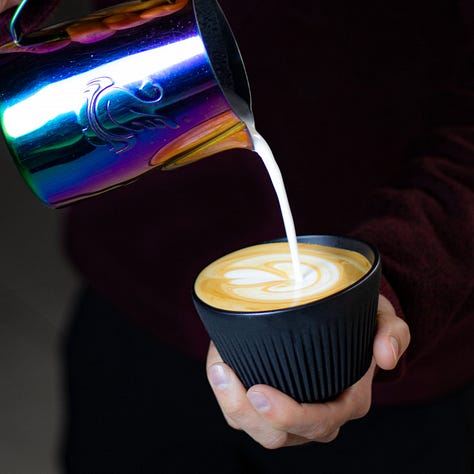
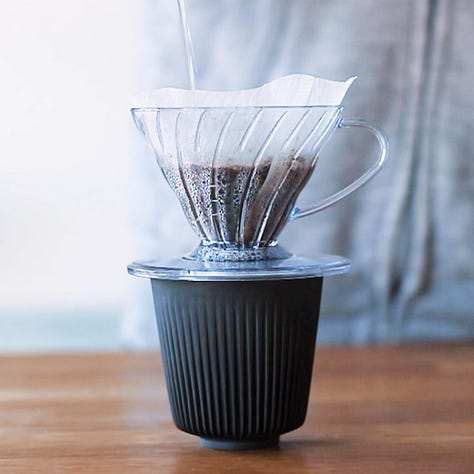
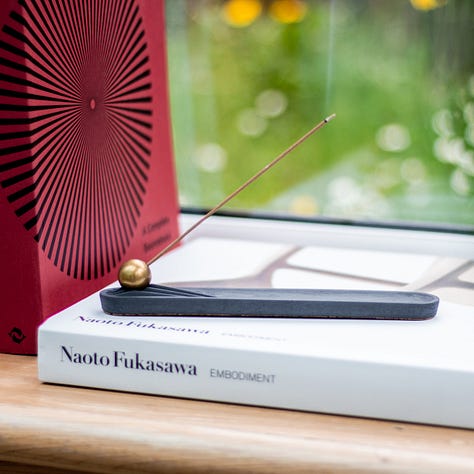
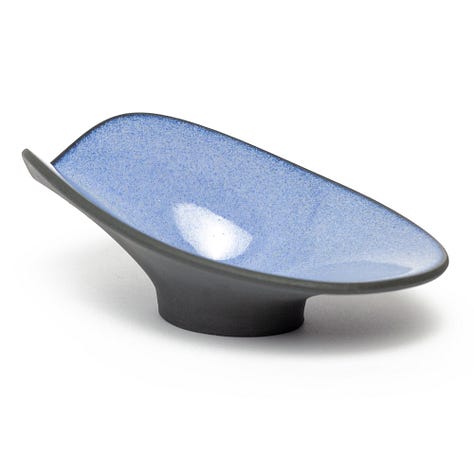

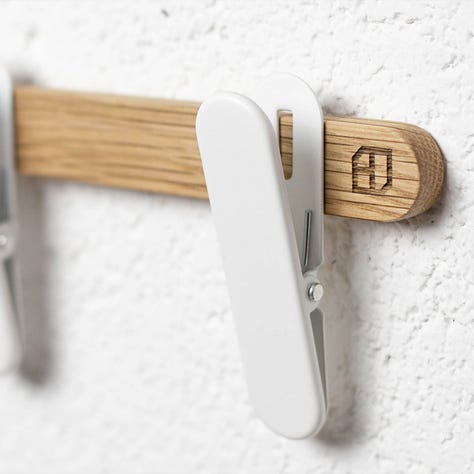
As a thank you, you can use this discount code at checkout (available site wide): SubstackCrew (20% off).
Last months most clicked link: ILM Season 2.
My top 5 pieces of content I have found helpful/inspiring:
1.
Convenience is killing Culture. John’s design deep dive’s have been a fantastic source for years now. This latest video connects the dots nicely.
2.
Space X Starship landing. A huge step on our journey to be a multi-planetary species. After what’s felt like a fair few failures for starship, this video of the first landing in the Indian Ocean is jaw dropping (human engineering at its absolutely best).
3.
Alien Earth. If you’ve been holding off on this one - this is your sign to start! Directed by Noah Hawley (who directed the Fargo TV series) has a track record of taking phenomenal movies and transforming them into seriously captivating tv shows. This one has pulled me in massively with its impressive world building.
4.
Why Everyone is Quitting Social Media. Matt has essentially had a default slot on my top 5 finds over the last few updates - if he keeps producing content as hard hitting as this, it always will. Well worth a watch.
5.
Disaster at Sea: The Piper Alpha Story. Having lived in Aberdeen for the last 10+ years, there is a long history with the Oil and Gas industry. The Piper Alpha disaster in the late 80’s was the biggest disaster to hit the industry with 167 people losing their lives. This documentary is hard hitting but an important watch.
Practising what I Preach
This month I had the chance to take part in the Summer TeaGreen Market at Aberdeen Art Gallery. I don’t often do markets, but every time I do I’m reminded how valuable they are for honest, face-to-face feedback.
When most of your work lives online, it’s easy to slip into a bit of a bubble. Spending a day in a bustling gallery, chatting with locals, watching reactions in real time - it was refreshing and eye-opening.
The venue was inspiring, the conversations energising, and it gave me a great chance to test buy-in for my work in the real world. Definitely worth stepping out from behind the screen.
The Details Matter
Since launching the Carlin Collection (shared in full earlier this year in this newsletter - check back if you missed this here!), it has opened doors to scoping out future furniture projects with local clients. One that got me excited was an opportunity to take the same guiding principles behind the collection and strip them right back to something beautifully simple.
You know those moments in ideation when an idea so simple strikes that it then guides your entire approach? That tiny spark became my north star for this project.
I can’t share the outcome just yet, but it’s a reminder that sometimes the smallest detail is what shapes the whole design. More on that soon...
“The painter who draws by practice and by eye, without any reason, is like a mirror which copies everything placed in front of it without being conscious of their existence.” Leonardo Da Vinci
Good design starts with understanding your product’s purpose - but real understanding comes from knowing your users.
Every year, at Gray’s School of Art up in Aberdeen (Scotland), we kickstart our new intake of foundation year students education with a week of life drawing. Clearly, drawing is a foundational skill as a designer but as a designer that themselves didn’t receive this foundational basis in drawing, the real value in this exercise (for me) is the power of observation. We constantly encourage students to spend more time observing than drawing.
Our retina’s take in an overwhelming amount of visual information every second - far more than our brains can process. In fact, research suggests we consciously process less than 1% of what hits our retina (Koch, 2004). We fill in the rest subconsciously. Learning to draw is really about learning to see again.
Design isn’t just about what we create, it’s about what we observe. Observation fuels empathy, uncovers unmet needs and in my view is the secret sauce to good design.
This month, we’re looking at observation-based research tools. Let’s explore what happens when observation is leveraged… and when it’s ignored.
Observation Leveraged
How does this image make you feel?
Now imagine you are 5 years old.
Children often panicked when needing an MRI scan, resulting in hospitals often having to sedate children to complete a scan - increasing risk, slowing down throughput and diving up costs.
Designer Doug Dietz (GE Healthcare) shadowed families and medical staff in hospitals. Instead of just looking at the machine as an engineering problem, he observed the experience of children and parents. He noticed the fear in the waiting rooms, the stress on parents’ faces, and how the environment amplified children’s anxiety.
The solution?
Through observation, he realised the problem wasn’t just the machine itself but the experience around it. The solution was to redesign the MRI environment into an “Adventure Series” themed rooms that turned the procedure into a story (a pirate ship, a space journey…). Teams were trained to guide children through the “adventure,” making it playful rather than frightening.
The Results?
-
Sedation rates for children dropped from 80% to under 10% (saving thousands)
-
Children often left saying they wanted to “come back tomorrow”
Observation Ignored
Too often we fall back on simply asking people what they want. What could go wrong?
Released in 1979, the Sony Walkman is one of the most iconic products Sony have ever produced. With strong sales amongst young men, Sony wanted to appeal to a wider audience. They wanted to appeal to women and thought an easy way to do this would be through colour. So what did they do? They asked women directly in a focus group and the majority said pink. So Sony launched a pink walkman.
Sales were terrible.
Asking isn’t enough. What people say doesn’t always align with what people do. We all carry around a huge range of biases, shaped by our lived experiences, that influence our every decision. Framing questions, interpreting answers, and even the answers themselves introduce bias. The real way to understand needs? Watch, observe, and learn from real behaviour.
A Personal Example
One of the most rewarding projects I’ve worked on in recent years was the redesign of a disability sport now played by over 8,000 young people across the UK. The kit had barely changed in 20 years, and it was holding the game back.
During our very first discovery workshop, I overheard a participant say something that completely reframed the challenge:
“I look forward to playing all week. I get half an hour a week to play and it takes my teacher 10 minutes to set it up. The side panels often come off during gameplay.”
That single comment became our compass. We set ourselves two clear design targets:
-
Setup should take no more than two minutes
-
The kit should never disrupt gameplay
By the end of the project, we’d met both targets. More importantly, we’d created a kit that lived up to the expectations of the young people that love playing this sport.
Closing Thoughts
Whether it’s a hospital MRI suite, a pink Walkman, or disability sports equipment, these stories highlight one truth: design lives or dies by how well we observe.
Observation lets us move beyond assumptions, beyond what people say, and into what they need. It helps us see the gaps, the frustrations, the small moments that if ignored become barriers, but if addressed, can transform an experience.
As Da Vinci hinted, copying what’s in front of us isn’t enough; we need to be conscious of why it’s there. For designers, that consciousness begins with careful observation.
So next time you’re sketching, prototyping, or talking to users - pause. Look closer. Notice what’s not being said. That’s often where the real design opportunities hide.
My Products, My philosophy
With what seems like an infinite number of forces at play making it harder than ever for small, thoughtful product companies to survive, never mind thrive - I find myself more driven than ever to put thoughtful, meaningful products out into the world that don’t compromise on quality. The type of products people want to own and help in some way.
I’ve spent the last few months reflecting quite heavily on what I want to focus my attention on for the next 5 years. Time is tight, family time is important but I am driven more than ever to add thoughtful friction into people’s lives.
I want to design products that intentionally take us out of auto-pilot.
Too often we find ourselves in autopilot, trying to complete the never ending to do list we really don’t stand a chance of ever getting to the bottom of.






As a thank you, you can use this discount code at checkout (available site wide): SubstackCrew (20% off).
Last months most clicked link: ILM Season 2.
My top 5 pieces of content I have found helpful/inspiring:
1.
Convenience is killing Culture. John’s design deep dive’s have been a fantastic source for years now. This latest video connects the dots nicely.
2.
Space X Starship landing. A huge step on our journey to be a multi-planetary species. After what’s felt like a fair few failures for starship, this video of the first landing in the Indian Ocean is jaw dropping (human engineering at its absolutely best).
3.
Alien Earth. If you’ve been holding off on this one - this is your sign to start! Directed by Noah Hawley (who directed the Fargo TV series) has a track record of taking phenomenal movies and transforming them into seriously captivating tv shows. This one has pulled me in massively with its impressive world building.
4.
Why Everyone is Quitting Social Media. Matt has essentially had a default slot on my top 5 finds over the last few updates - if he keeps producing content as hard hitting as this, it always will. Well worth a watch.
5.
Disaster at Sea: The Piper Alpha Story. Having lived in Aberdeen for the last 10+ years, there is a long history with the Oil and Gas industry. The Piper Alpha disaster in the late 80’s was the biggest disaster to hit the industry with 167 people losing their lives. This documentary is hard hitting but an important watch.
Practising what I Preach
This month I had the chance to take part in the Summer TeaGreen Market at Aberdeen Art Gallery. I don’t often do markets, but every time I do I’m reminded how valuable they are for honest, face-to-face feedback.
When most of your work lives online, it’s easy to slip into a bit of a bubble. Spending a day in a bustling gallery, chatting with locals, watching reactions in real time - it was refreshing and eye-opening.
The venue was inspiring, the conversations energising, and it gave me a great chance to test buy-in for my work in the real world. Definitely worth stepping out from behind the screen.
The Details Matter
Since launching the Carlin Collection (shared in full earlier this year in this newsletter - check back if you missed this here!), it has opened doors to scoping out future furniture projects with local clients. One that got me excited was an opportunity to take the same guiding principles behind the collection and strip them right back to something beautifully simple.
You know those moments in ideation when an idea so simple strikes that it then guides your entire approach? That tiny spark became my north star for this project.
I can’t share the outcome just yet, but it’s a reminder that sometimes the smallest detail is what shapes the whole design. More on that soon...
